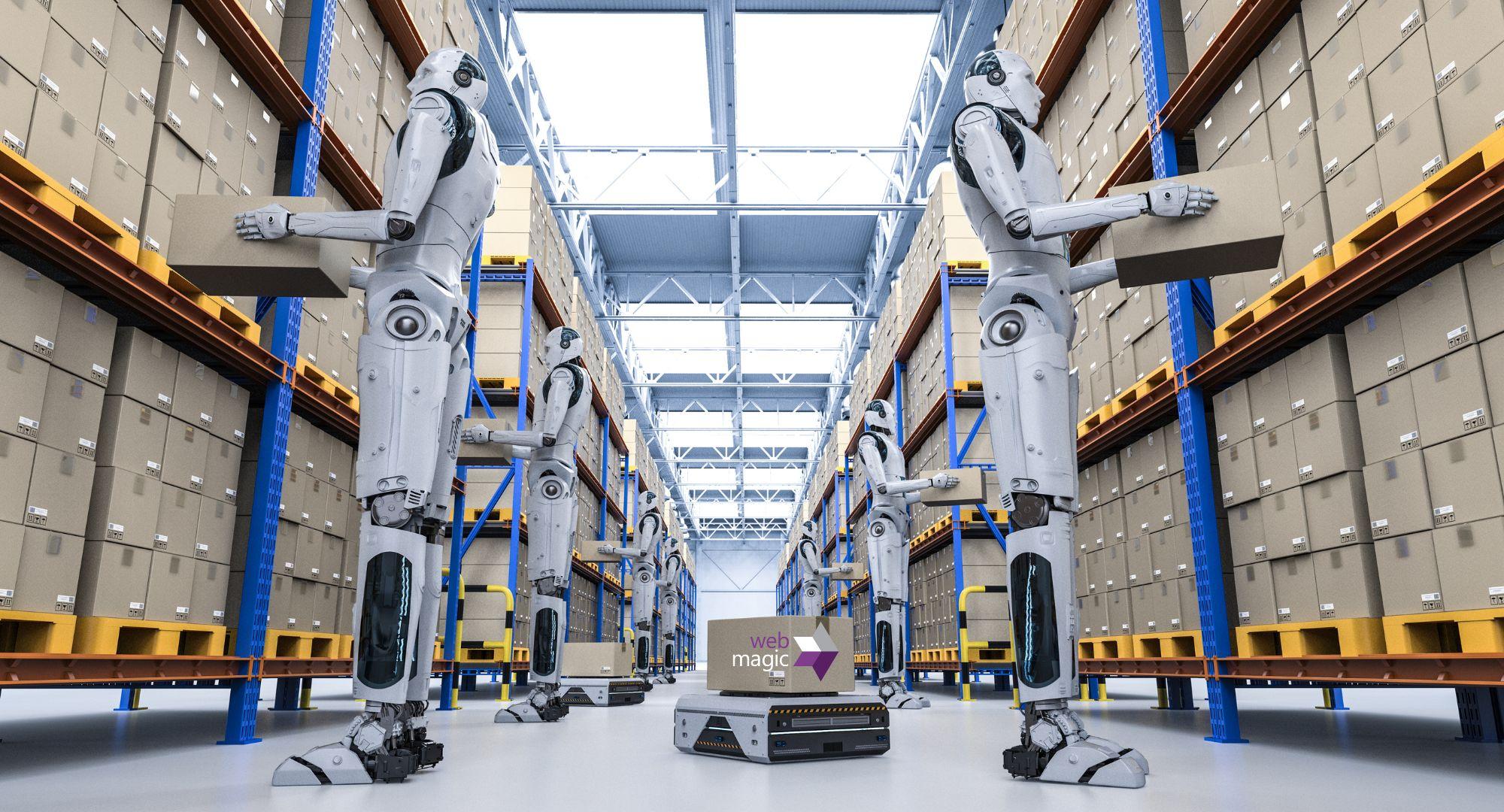 Robotics Integration
Robotics Integration
Robotic systems are set to play an increasingly prominent role in warehouse operations. From automated picking and packing to goods transportation, robots will streamline tasks traditionally performed by human workers, resulting in faster throughput and reduced labor costs.
AI-driven Inventory Management
Artificial intelligence (AI) will continue to transform inventory management practices. AI-powered systems will analyze historical data, customer demand patterns, and real-time information to optimize inventory levels, reduce stockouts, and enhance overall supply chain efficiency.
IoT-enabled Warehouses
The Internet of Things (IoT) will enable warehouses to become smarter and more interconnected. IoT sensors will monitor environmental conditions, equipment performance, and inventory levels in real-time, allowing for proactive maintenance, energy optimization, and improved resource allocation.

Autonomous Vehicles
Autonomous vehicles, such as drones and self-driving forklifts, will revolutionize material handling within warehouses. These vehicles
will navigate warehouse environments autonomously, minimizing the need for manual intervention and optimizing logistics processes.
Predictive Analytics for Maintenance
Predictive analytics will play a crucial role in preventing equipment downtime and optimizing maintenance schedules. By analyzing data
from sensors and historical maintenance records, predictive analytics algorithms will anticipate equipment failures before they occur,
enabling proactive maintenance and minimizing disruptions.
Augmented Reality (AR) for Training and Operations
AR technology will enhance employee training and improve warehouse operations. AR-enabled smart glasses and wearable devices will provide workers with real-time information, instructions, and visual aids, improving task accuracy and reducing training time.
 Cloud-based Warehouse Management Systems (WMS)
Cloud-based Warehouse Management Systems (WMS)
Cloud-based WMS solutions will enable seamless integration, scalability, and accessibility. By leveraging the cloud, warehouses can centralize data management, facilitate collaboration, and adapt to changing business needs with ease.
As we embrace the future of warehousing and storage automation in 2024, businesses have an unprecedented opportunity to unlock new levels of efficiency, productivity, and competitiveness. By investing in cutting-edge technologies and embracing innovation, companies can future-proof their operations and pave the way for continued success in the dynamic marketplace.
